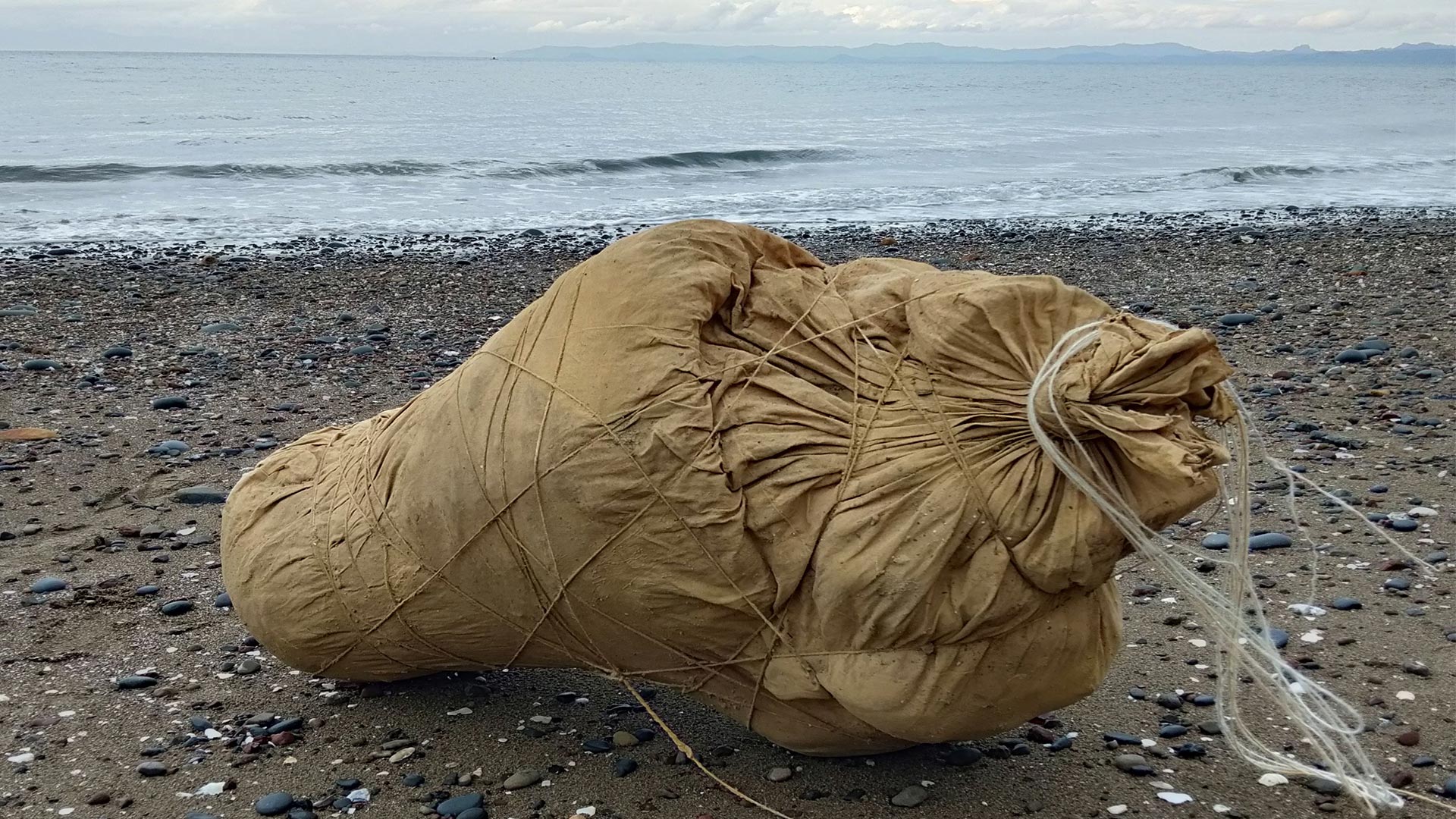

Entities in Conversation
to experience without intention is to sense the world;
to experience with intention is to anticipate the world.
these two experiences are indistinguishable.
their construction differs but their effect is the same.¹
Evanescence is a series of works that encapsulates the mundane activities and reflection of a child’s purity. Within a child's purity, imagination becomes a faculty full of fantasy and the romanticization of adolescence. Dreaming of the years that we may become old, anticipating what the world has yet to offer us. We begin to make sense of these imaginary depictions through our human experiences, as well as reflecting the relationships we have encountered, seeking the authenticity that we hold within ourselves. Although we try to make sense of the unknown and imagine the potential truth that it holds, we never really know whether the meaning we create for it is the gospel truth. So who can tell us what is true and what is false? Who holds the authority of telling us whether what we think and imagine is real or not?
_______________________________________________________________________________________________________________________
1. Excerpt from the first chapter of Tao-Te-Ching. Lao Tzu's statement from 'The Book of the Way'.
Foraging is personally a cathartic experience of collecting debris. Reliving the child in me, I walk with the intention of completing the missing pieces of the intended installation. Letting curiosity, intuition and desire lead my way, I pick up those that offer a sense of purpose to my imaginations. Bringing back with me the curiosities of the child moving within a foreign environment. Relinquishing the feelings and emotions of unfamiliarity, sculptural forms are made from outlines of undistinguishable memories. Recollections that may or may not have been tainted by mixing with another.
Experimentation holds a special insight into our own understanding of the material, adapting and focusing on how our actions provoke unintended outcomes is much like embracing the vulnerability of change within our adolescence. Wishing for the fleeting moments of childhood to return to our grasp.
These installations are transient. Selected materials are often picked up from the site of the installation and are combined with home associated objects, such as the white lace curtain fabric. The process of contamination and tainting of these forms reference the backwards view of impurifying one’s self. Constantly imprinting and washing the dyed fabrics challenges the idea of truth, purity and goodness. Questioning the hierarchy of religion and everyday practices of finding authenticity. The use of natural materials, references to ecology and symbiotic relationships encapsulates the reflection of material truth and material maturity.


